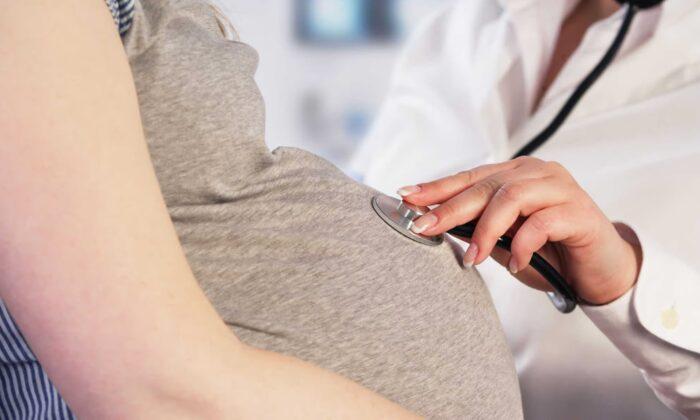Researchers have detected an array of harmful chemicals in the blood of pregnant women, including chemicals used in food packaging, plastic, food emulsifier and cosmetics.
Many of these chemicals are high-production volume chemicals to which pregnant women are constantly exposed.
These chemicals include perfluoroalkyl substances (PFAS) such as branched perfluorooctane sultanate (PFOS), linear PFOS and perfluorohexane sultanate (PFHxS). These are industrial chemicals used for stain, water, fire resistance, fabrics and food packaging.
The researchers noted that PFAS exposure during pregnancy “may also affect metabolic pathways that adversely impact placental development.”
“Although the evidence remains mixed, exposure to PFAS has been shown to be associated with hypertensive disorders of pregnancy, preeclampsia, and gestational diabetes mellitus (GDM).”
Preeclampsia is a serious blood pressure condition that develops during pregnancy, while gestational diabetes is a type of diabetes that occurs during pregnancy.
The authors noted that in the study, exposure to PFAS is likely to occur from food, food packaging and other consumer products.
Other Chemicals Identified
Chemicals used in plastic and resin manufacturing were also found, including deoxycholic acid, tridecanedeioic acid and octadecanedioic acid.“Previous studies have found that increased exposure to fatty acids may be associated with an increased risk of hypertensive disorders of pregnancy due to disruption of fatty acid regulation and metabolism,” the study said.
“We observed an association between tridecanedioic acid and hypertensive disorders of pregnancy, but not for octadecanedioic acid. The abnormal fatty acid chemicals in our study are used in plastics production and have seldom been studied in pregnant women.”
Another one is monoethylhexy phthalate (MEHP), a common plasticizer found in hundreds of products such as shampoos, hairsprays and vinyl flooring.
Researchers also detected tetraethylene glycol (TEG) in less than half of maternal samples. TEG is an industrial solvent used in cosmetics, fragrances, manufacturing, food contact, industrial fluids and lubricants.
4-Nitrophenol, which is used to manufacture dyes, drugs, fungicides, insecticides, and deoxycholic acid–a naturally occurring bile acid added as an emulsifier in food–were also identified.
‘A Wake Up Call’
The study, published on July 19 on Environmental Health Perspectives, is one of a few studies that assess the impact of chemicals on health outcomes during pregnancy.It adds to the understanding of the association between environmental exposures during pregnancy and pregnancy complications, as well as the connections between chemical exposure and gestational diabetes.
Senior author Tracey J. Woodruff from the UCSF Program on Reproductive Health and the Environment said these findings should be a “wake-up call on the effects of the proliferation of plastic chemicals and PFAS.”
“I hope policymakers and EPA regulators will take a good, hard look at the results of this study and others that show a link between plastic chemicals and PFAS and health harms,” she said.
Some of the ways to reduce exposure to toxic chemicals during pregnancy include avoiding pesticides and herbicides, wearing protective equipment when using cleaning products, or avoiding using paint.
Pregnant women should also be mindful of the cosmetic products they use on a daily basis, such as moisturisers, shower gels and hair sprays.




